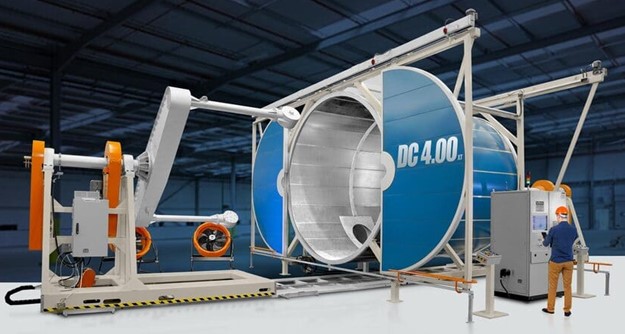Rotational Molding: Efficiency Meets Flexibility in Plastic Fabrication
Rotational Molding: Efficiency Meets Flexibility in Plastic Fabrication
Blog Article
Rotational molding, commonly known as "rotomolding," is a innovative manufacturing process that is utilized to make hollow plastic products. From storage tanks to playground equipment, this technique combines simplicity with sophistication, offering unparalleled design flexibility. But what's the science that makes Plastics Rotomolding so efficient?

The Process at a Glance
Rotational molding starts with a mold that is filled with powdered plastic. This mold is then heated before being rotated simultaneously on two perpendicular axes inside an oven. The constant rotation makes sure that the molten plastic evenly coats the interior walls of the mold. After that, the mold is cool, forming the plastic into a seamless, hollow structure.
The absence of pressure from outside is a defining aspect of this technique, as it ensures that the plastic settles and spreads uniformly without stress. This is the main difference from other molding methods such as blow molding or injection molding.
Why is Rotational Molding Efficient?
The science behind rotational molding is built on the polymer and heat transfer. In the process of heating the powder melts and sticks to the mold while it turns in slow controlled, controlled movements. This results in a uniform wall thickness and eliminates the chance of weak areas.
Cooling plays an equally important role. In order to maintain a steady flow of air as well as water flow, manufacturers can prevent shrinkage or warping. Not to mention make sure that the final product maintains its original form and structural strength.
According to statistics, rotational molding is able to produce components with as high as 99% materials efficiency, thus reducing waste and making it an eco-friendly option. Additionally, the process offers an unbeatable versatility that allows for the creation of huge and intricate designs, without sacrificing quality.
Applications That Showcase Its Potential
Rotational molding caters to numerous industries because of its adaptability. It doesn't matter if you need sturdy outdoor furniture or robust industrial containers, this technology provides both function and value. The technique also supports multi-layered designs, which allows manufacturers to combine various materials to improve characteristics like UV resistance or thermal insulation.

The process of molding by rotation is a testimony to how materials science and engineering come together to form our world. Because it can simplify production while maintaining high-precision It's not a surprise that this technique continues to trend in manufacturing discussions. Report this page